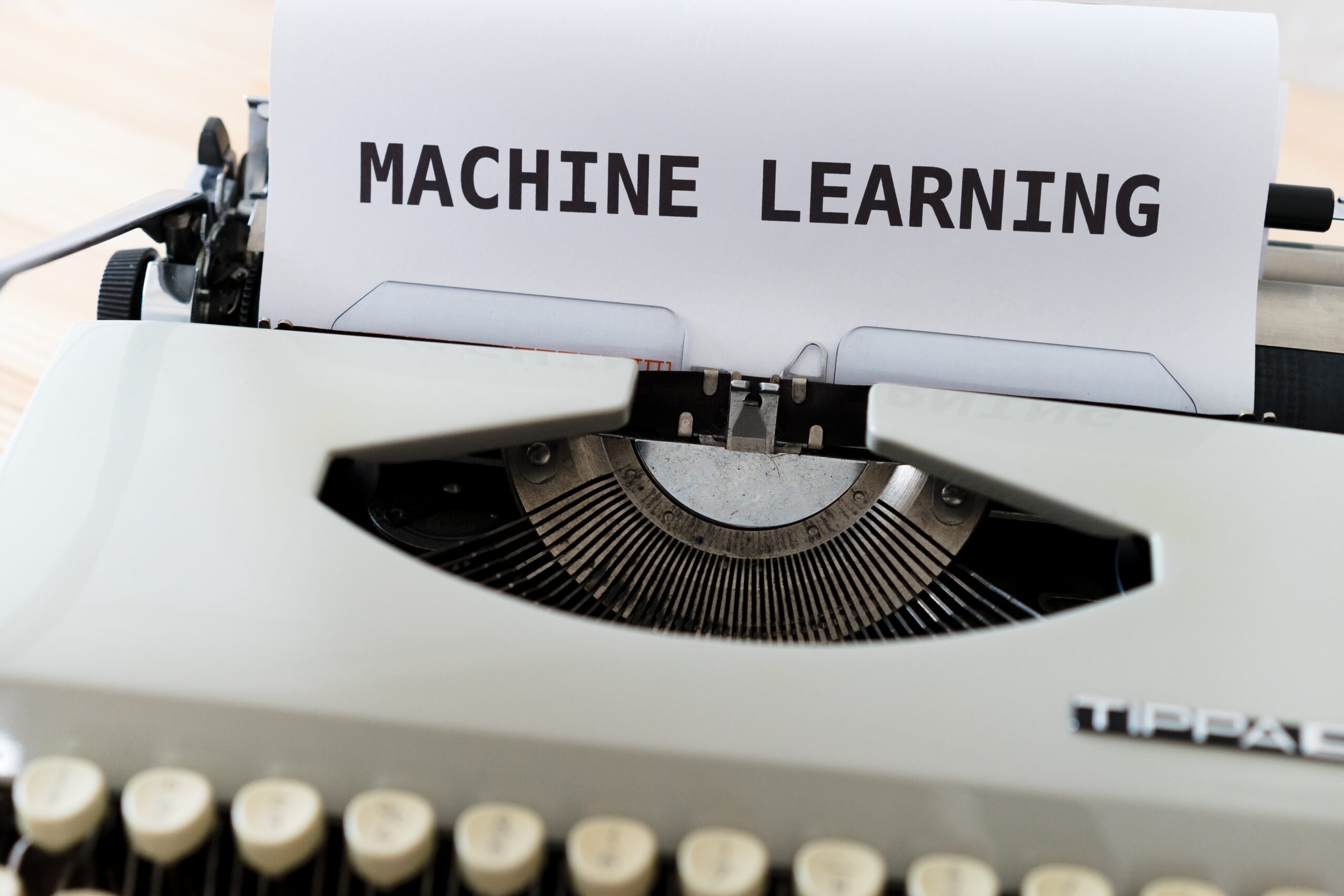One of the most interesting use cases for machine learning is managing models. Implementing machine learning model management is one of the major challenges faced by ML teams.
For ML teams, the most important question is, “How to manage the models’/model’s pipeline?” It means that machine learning is not just limited to training models on many data and making predictions. It is also used to manage and update models to improve their accuracy and performance.
The one thing often missing from this conversation is the skills and knowledge required to implement such a model. This blog will focus on this missing piece in the implementation of a model management system.
What Is Model Management?
Machine learning is becoming more and more popular in every industry. It helps automate a lot of what can be a pretty strenuous process. A machine learning model, sometimes called a predictive model, is a formula used to predict an outcome or future situation.
Usually, machine learning models are used to identify the most likely events of the future. For example, users who are likely to become customers, loans that are good for approval, or the best price for a product to obtain the highest sales.
Model management is a subset of machine learning operations. It focuses on tracking experiments, versioning models, and deploying and monitoring models. When developing an ML model, data scientists often perform several experiments to find the best model for a use case.
Data scientists implement these experiments by changing data pre-processing, hyperparameter tuning, and the model architecture. This test aims to find the optimal model for a particular use case.
However, it can be very difficult for data scientists to identify which model configuration will perform best. Because it involves experimentation with sub-optimal designs. It requires that they validate their hypotheses before committing too hard if they’re unsure about how well each experiment will perform.
Implementation of Model Management
Managing ML models in production involves monitoring the quality of the model concerning changes in data and updating parameters or retraining models to adapt to new changes/data.
Deploying an ML model without a management infrastructure can lead to catastrophic issues. For example, identifying patterns of fraud that appear only every few weeks.
An ML management framework for an effective model deployment helps teams track performance metrics and monitor changes in data. It can help to gain valuable insights into why a model is underperforming or stopped responding.
The tools are also crucial for monitoring changes in data which has led to the underperformance of your models. Sometimes one unforeseen change such as a server going down could adversely impact your overall product’s performance.
It’s important to make sure that you know about these issues before they become too noticeable or affect your actual models’ output/signals.
Source FreePik
-
Version Control
Managing machine learning models using version control can save time and effort if done correctly. It’s necessary to have a strong knowledge of version control systems if you’re going to do this. The first and most obvious reason to do this is to easily keep track of changes made to your models.
With every version that gets created, you can merge it with the older versions, make new versions, or save it for safekeeping. You also won’t have to worry about saving multiple versions of the same file. Using a version control system will give you a more organized workflow and clearer ideas of how you want to improve your models.
Cross-validation is a method you can use to train your machine learning model on various data sets. It can determine the best model version for your specific application. One of the most popular methods you can use to do this is called k-fold cross-validation.
Source: FreePik
-
Model Registry
Managing machine learning models is a difficult task. It becomes even more difficult if you need to use the model over several machines. The key to managing models is the model registry. This will allow you to share and access models anywhere.
A model registry is a database that lists all the models and their respective parameters. It’s better than the alternative of copying and pasting models from the local computer to other machines. A bonus of using a model registry is working with a team to ensure all the machine learning models are the same. Managing models will be a breeze if you’re using a model registry.
Another advantage of a model registry is that it stores models in a format that can be easily accessed by the computer, unlike a manual database. This helps with increasing retrieval speeds.
The most popular implementation of the model registry is TensorFlow’s Estimator Registry. Similar to TensorFlow’s Estimator, the Keras Model class provides a convenient way to set up a neural network and train it. To store models from Keras, we can use tf.keras.models.save_model() function, which registers and stores the model. The SavedModel format can save and retrieve customized levels without the initial class definition thanks to the traced functions.
Another way is the online model registry, which stores an online copy of each model. The online model registry can sometimes be more complicated than the offline model registry. Because the online system needs to deal with many more issues. Such as model invalidation and frequent model updates.
Final Thoughts
ML model management can help you keep track of all your models that have been deployed. It helps ensure that your models are secure and reliable. It never lets them out of your sight because managing multiple models can be quite challenging.
Model management supports keeping track of your models and managing versions. It can also help you catch any errors earlier than with previous tools at hand. Model management can be integrated wherever your code is deployed. It can transparently manage, maintain, and deploy all models in production.
This includes but is not limited to ML tasks, containers, and applications that run your tasks or models. The model version management coupled with performance testing helps a lot when it comes down to intelligently improving what’s going on with your models.
If a specific version doesn’t perform well over the others in tests, then we get the results quicker because of model management. We can quickly identify those peculiarities that affect a specific deployment. So we can improve it efficiently versus getting stuck without knowing where to start.































